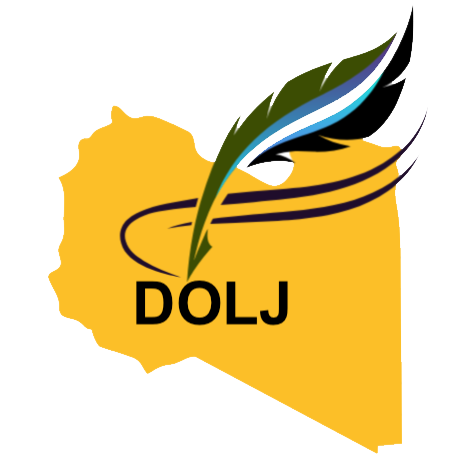Archaeological sites outside the walls of Ptolemais
DOI:
https://doi.org/10.54172/8gbsyj64Keywords:
Ptolemais, Cyrenaica, Greek settlersAbstract
The city of Ptolemais was founded, according to available classical sources, as a port for the city of Cyrene. No name for this settlement is known prior to the 4th century BCE when it was referred to as the port of Cyrene, a name mentioned by the classical writer Skylax in the late 4th century BCE. It is possible that some Greek settlers who founded the city of Cyrene directed themselves to this location, which is the most suitable and geographically closest in the coastal region between Tokra and Al-Aqlah. Excavations revealed pottery fragments dating back to the early Greek colonization period (between 620 and 600 BCE). The available data currently supports the view that the ancient name of Ptolemais was Cyrene, suggesting a very close connection between the two cities to the extent that it is difficult to distinguish between them. During the reign of Emperor Diocletian (293-305 CE), Ptolemais became the new capital of the province of Upper Libya. It served as the residence for Christian bishops, including notable figures like the priest Synesius. Ptolemais remained the capital of the region until the mid-5th century AD. In this research, we aim to highlight the most significant archaeological sites outside the walls of Ptolemais and their relationship to the city.
Downloads
Published
Issue
Section
License

This work is licensed under a Creative Commons Attribution-NonCommercial 4.0 International License.
Copyright of the articles Published by Almukhtar Journal of Social Science (MJSSc) is retained by the author(s), who grant MJSc a license to publish the article. Authors also grant any third party the right to use the article freely as long as its integrity is maintained and its original authors and cite MJSSc as the original publisher. Also, they accept the article remains published by the MJSSc website (except in the occasion of a retraction of the article).













